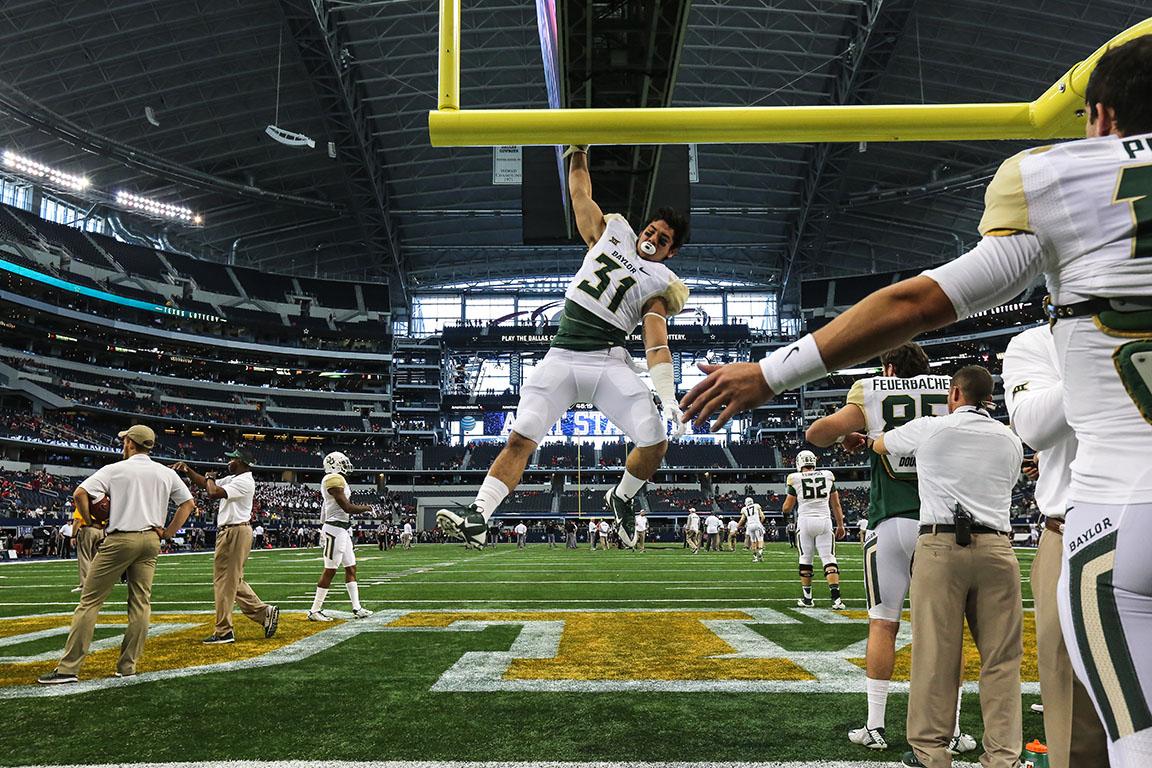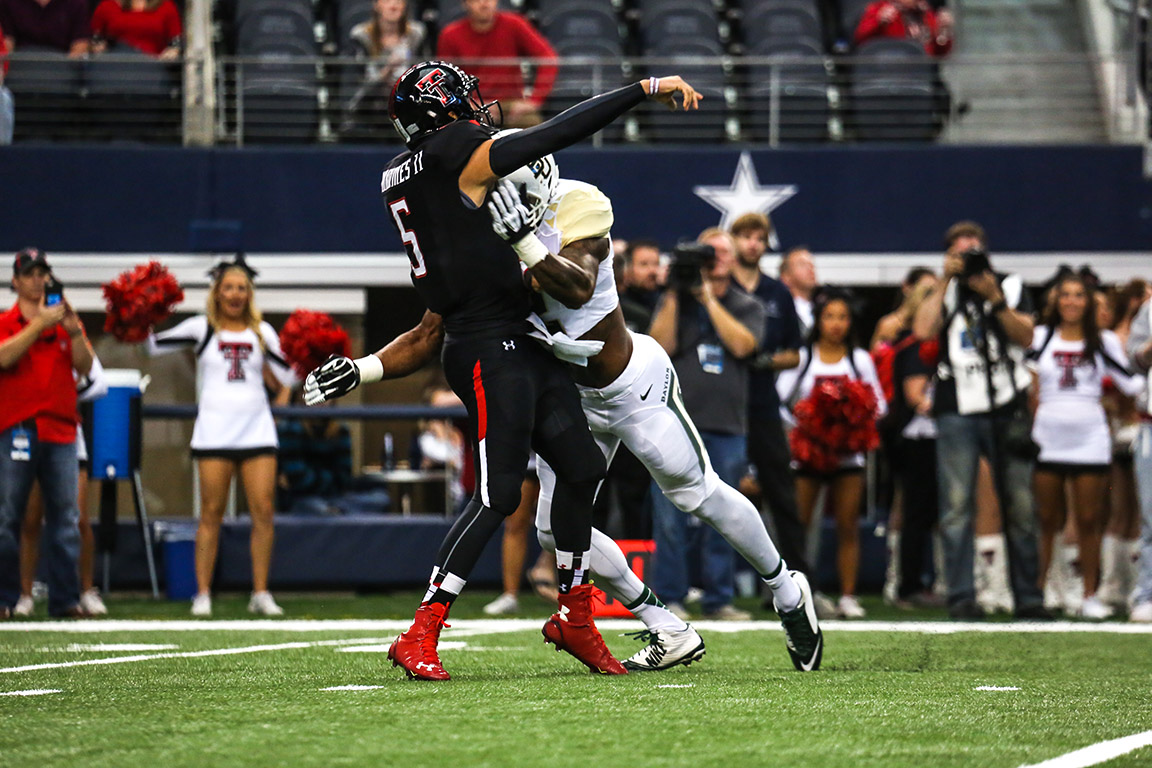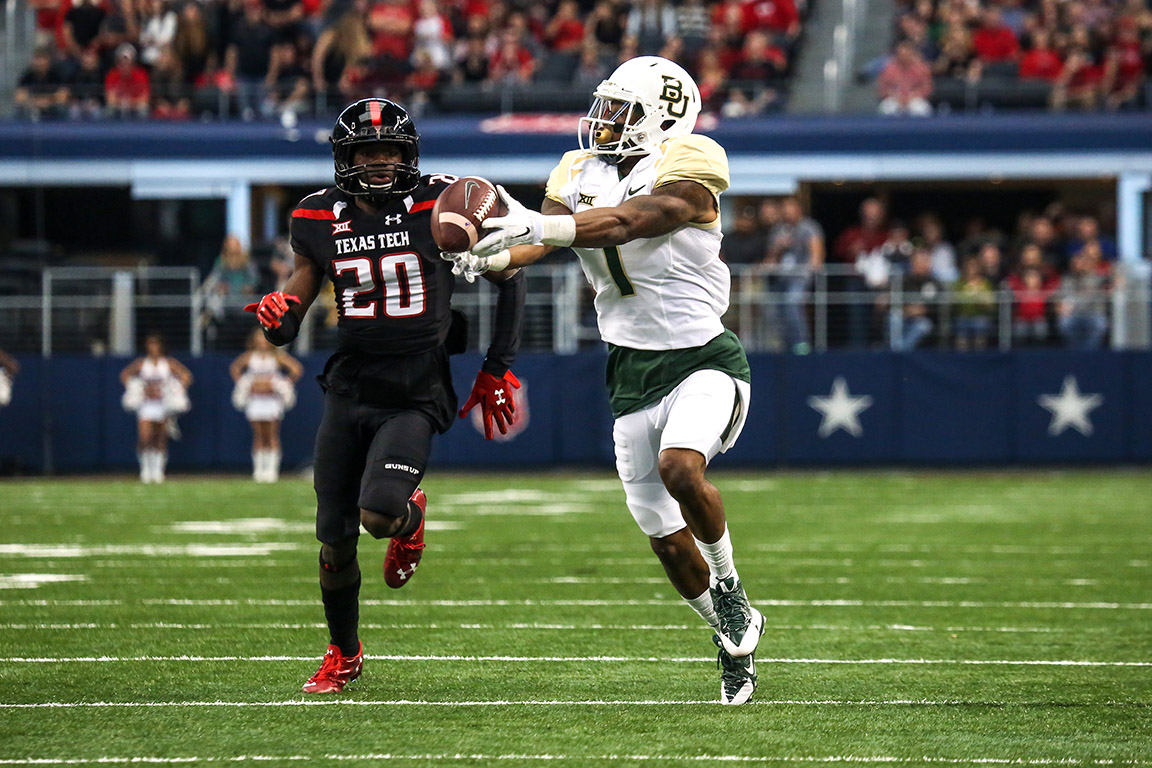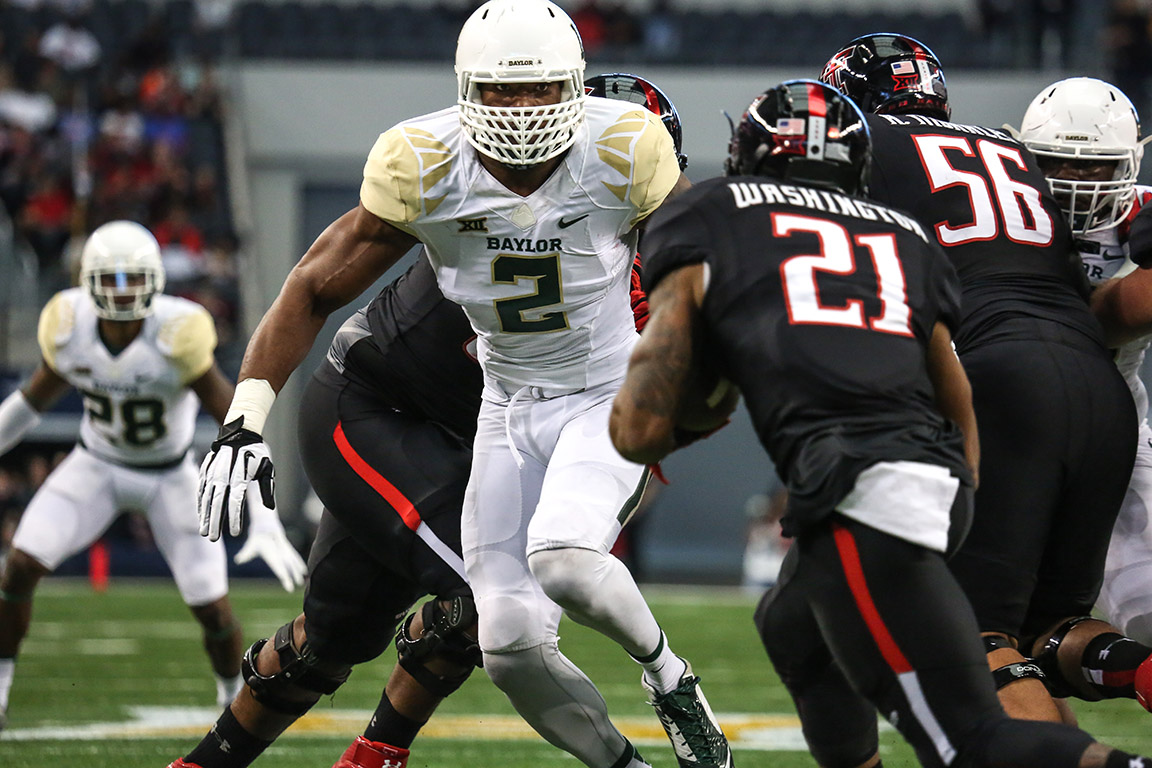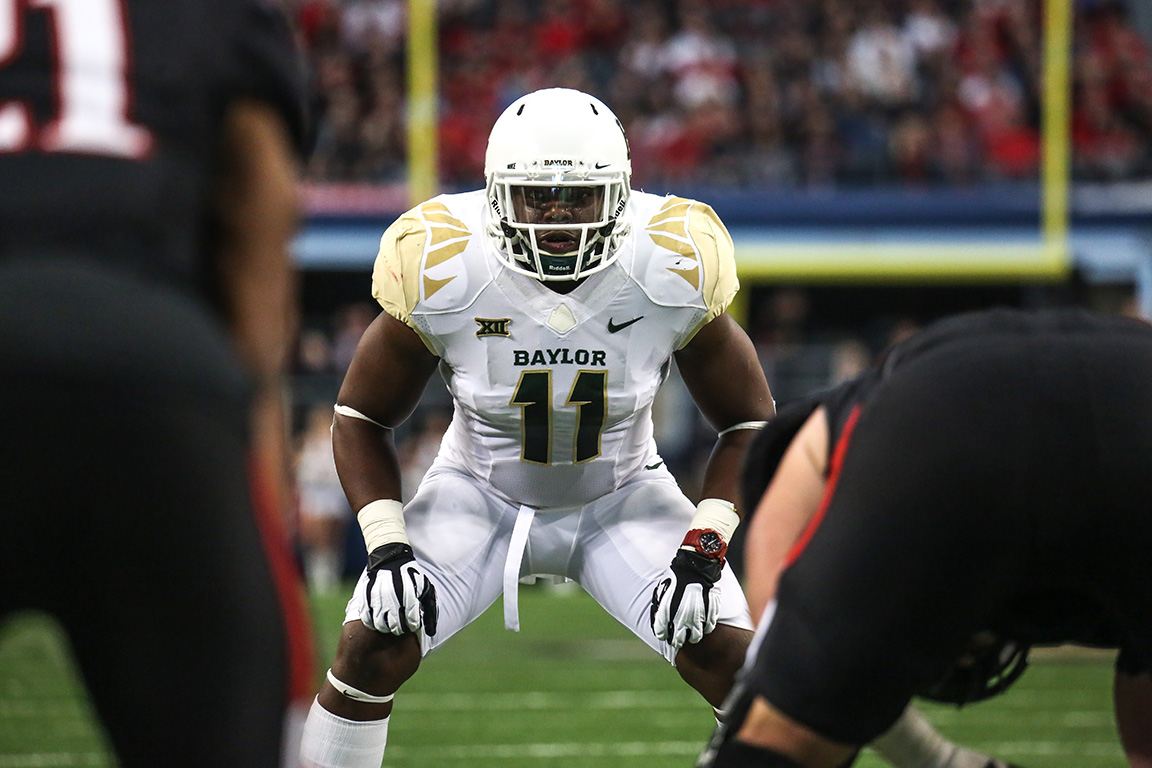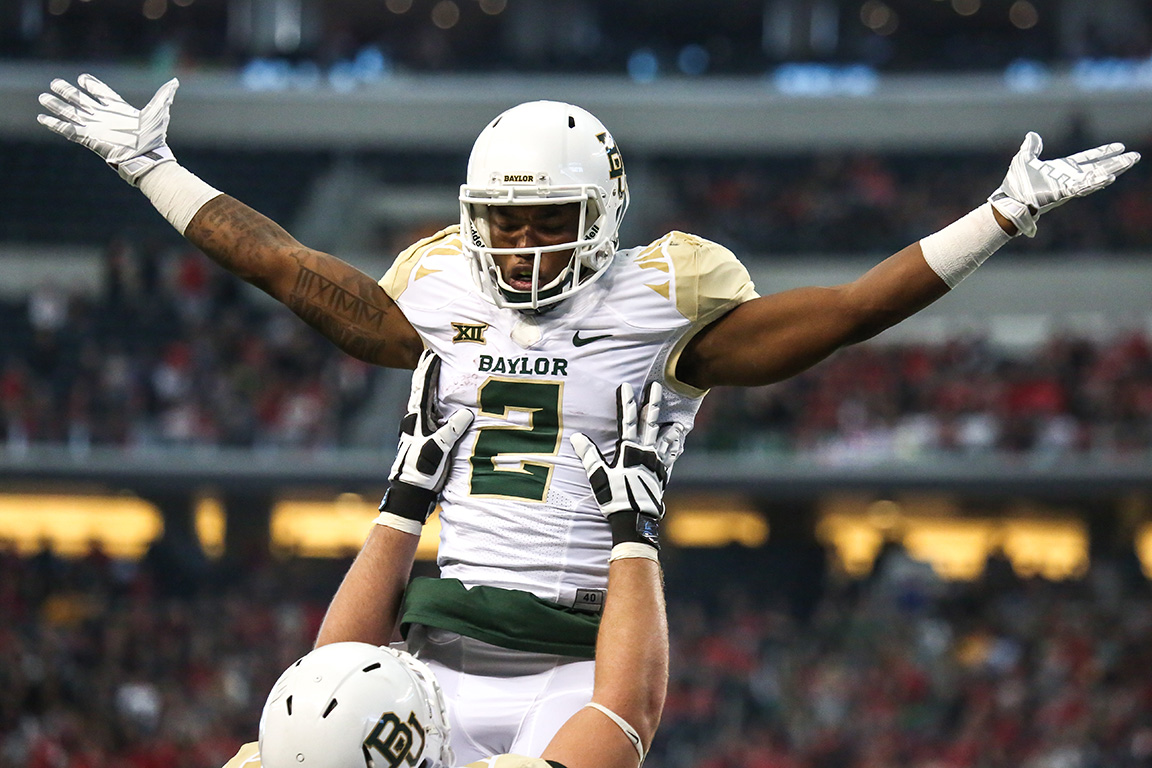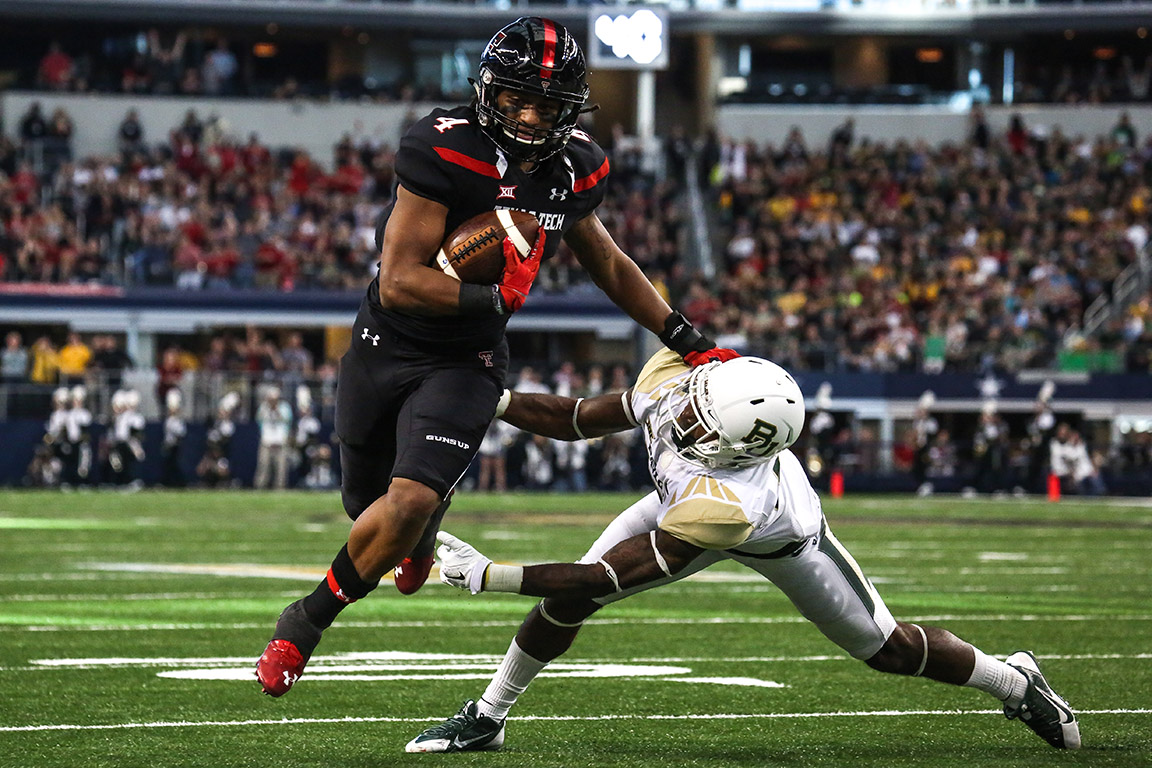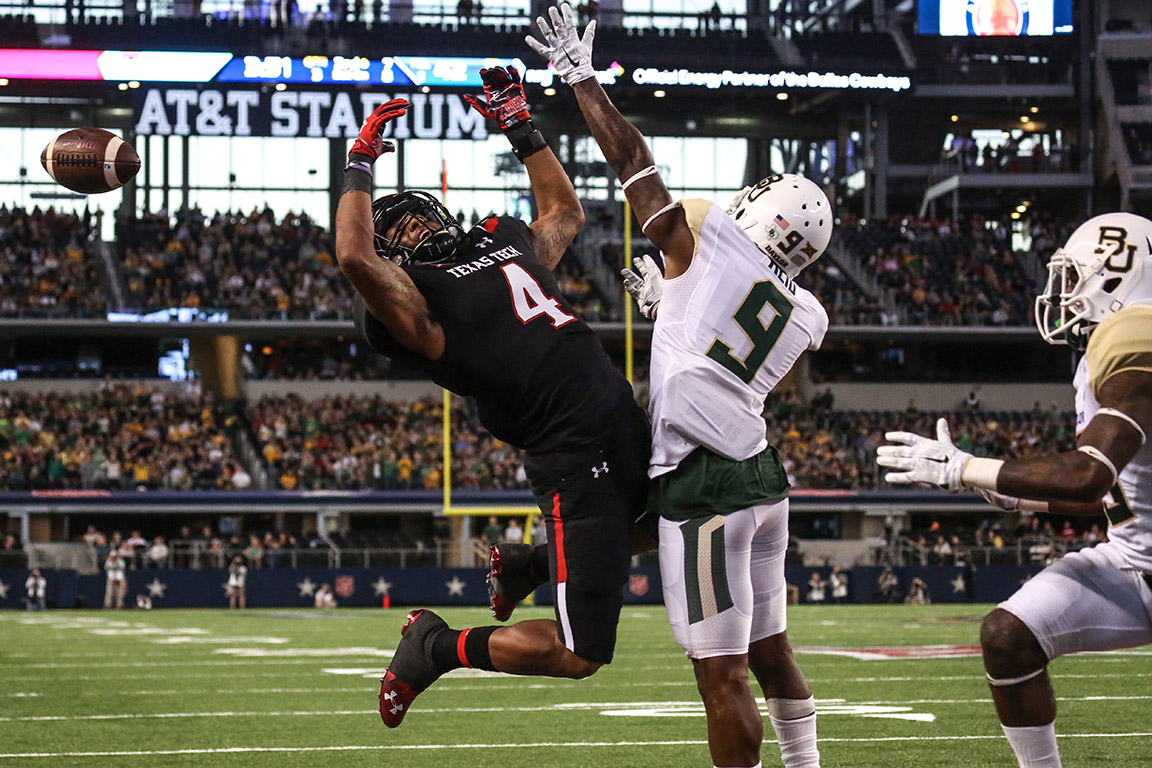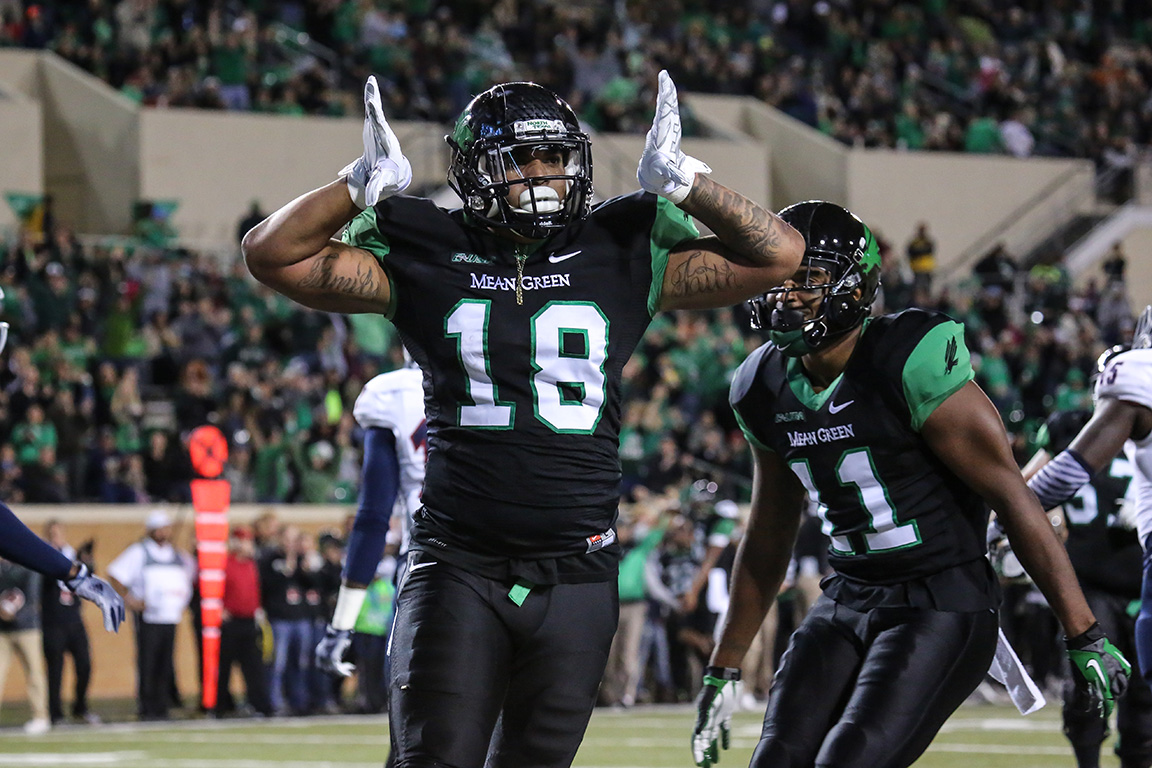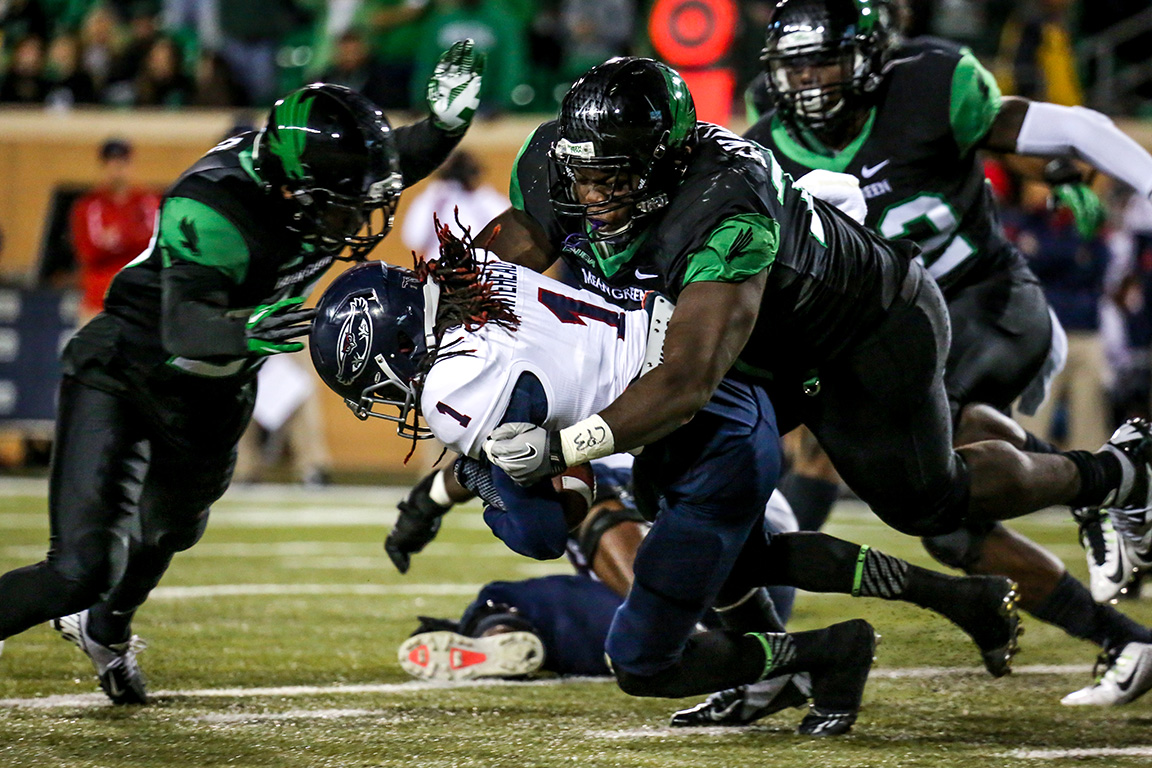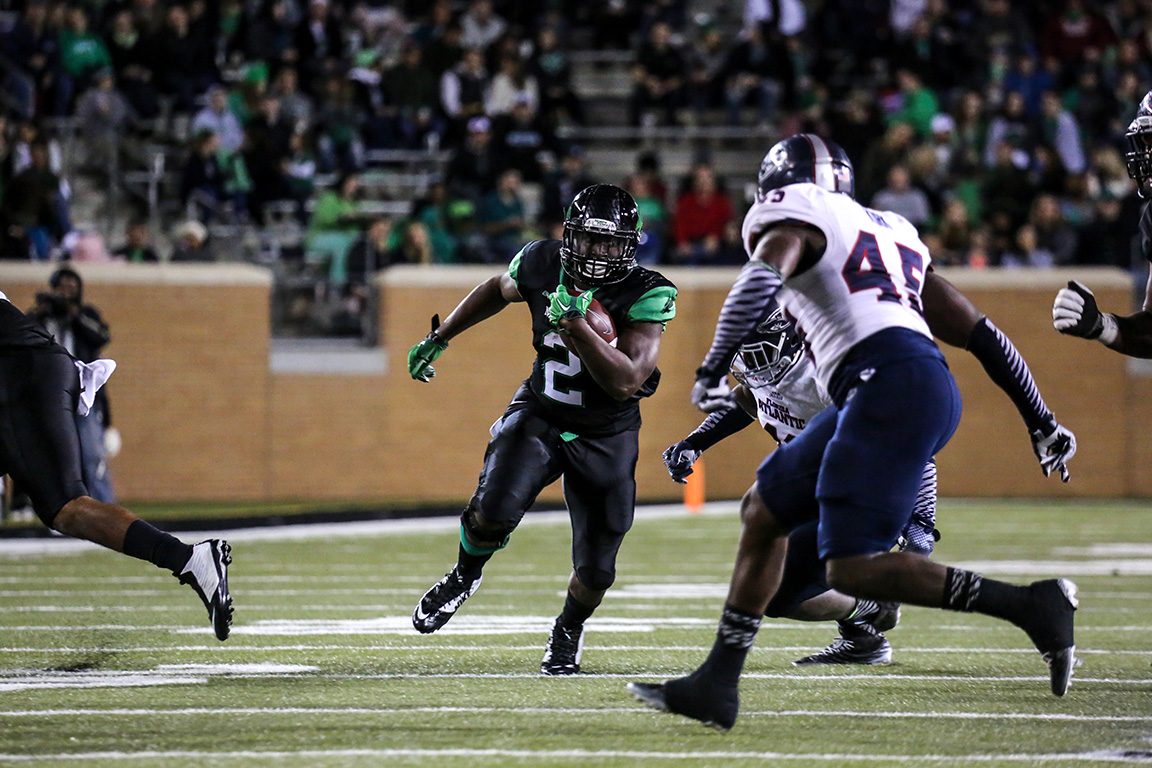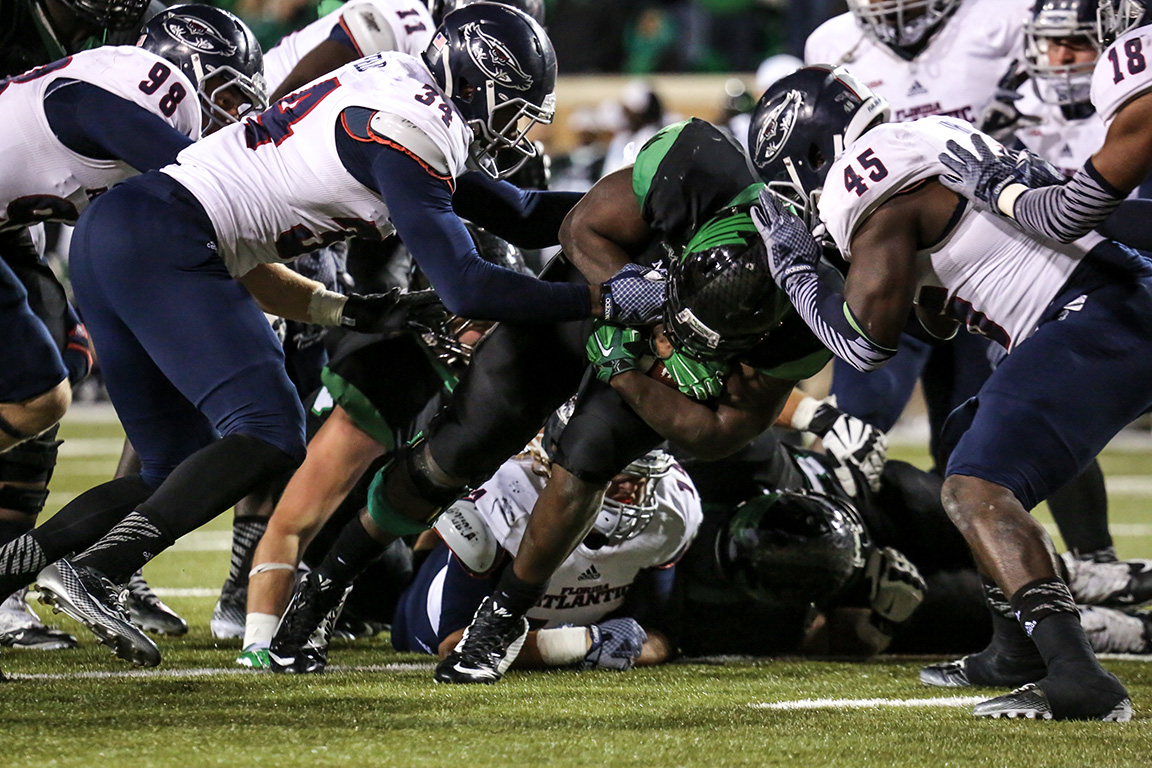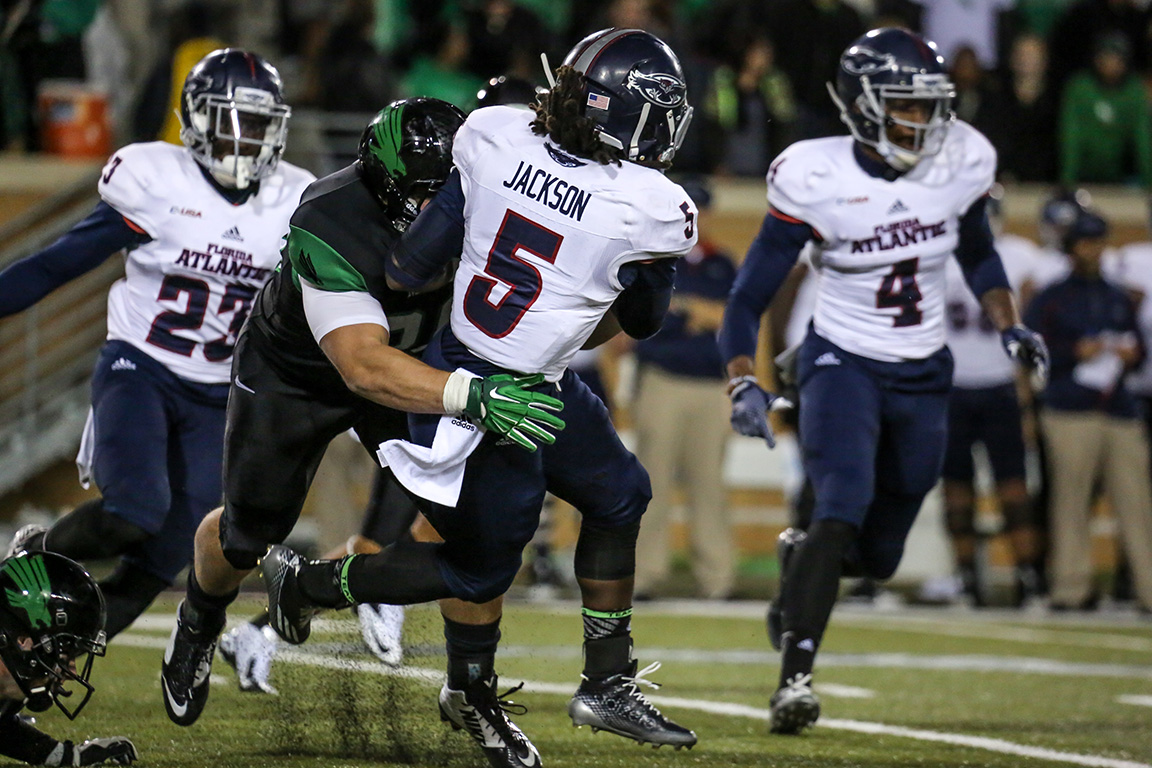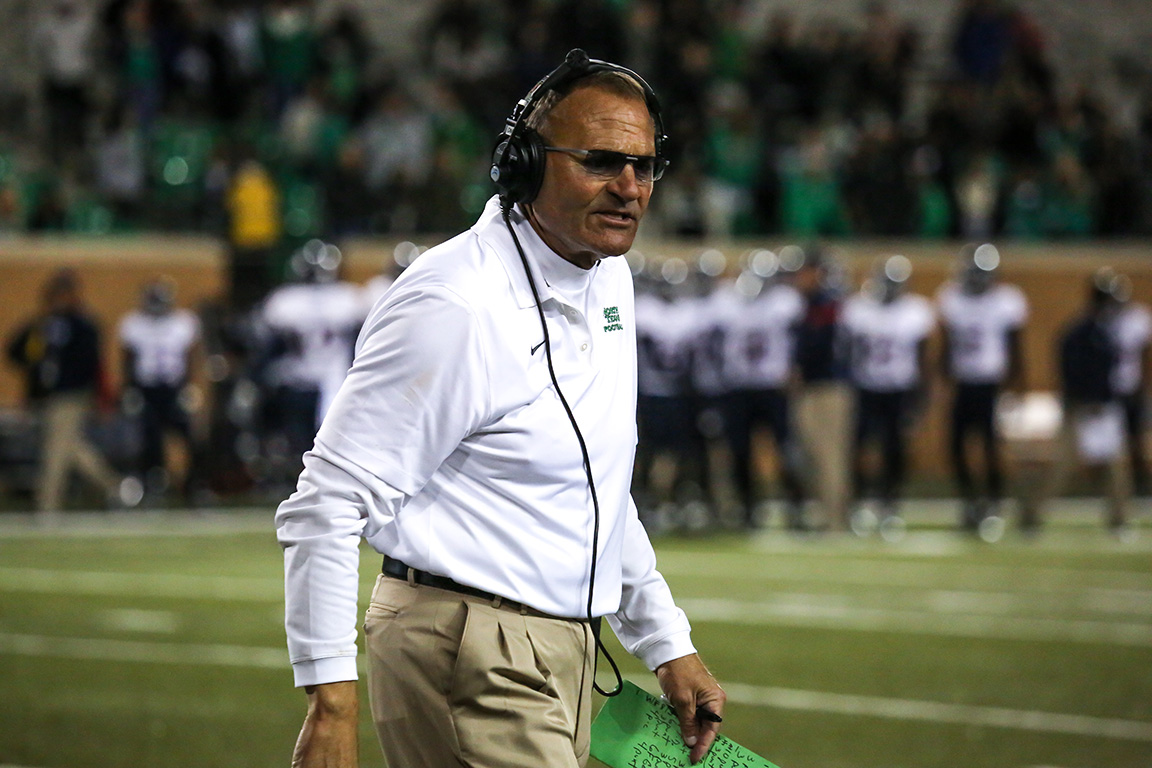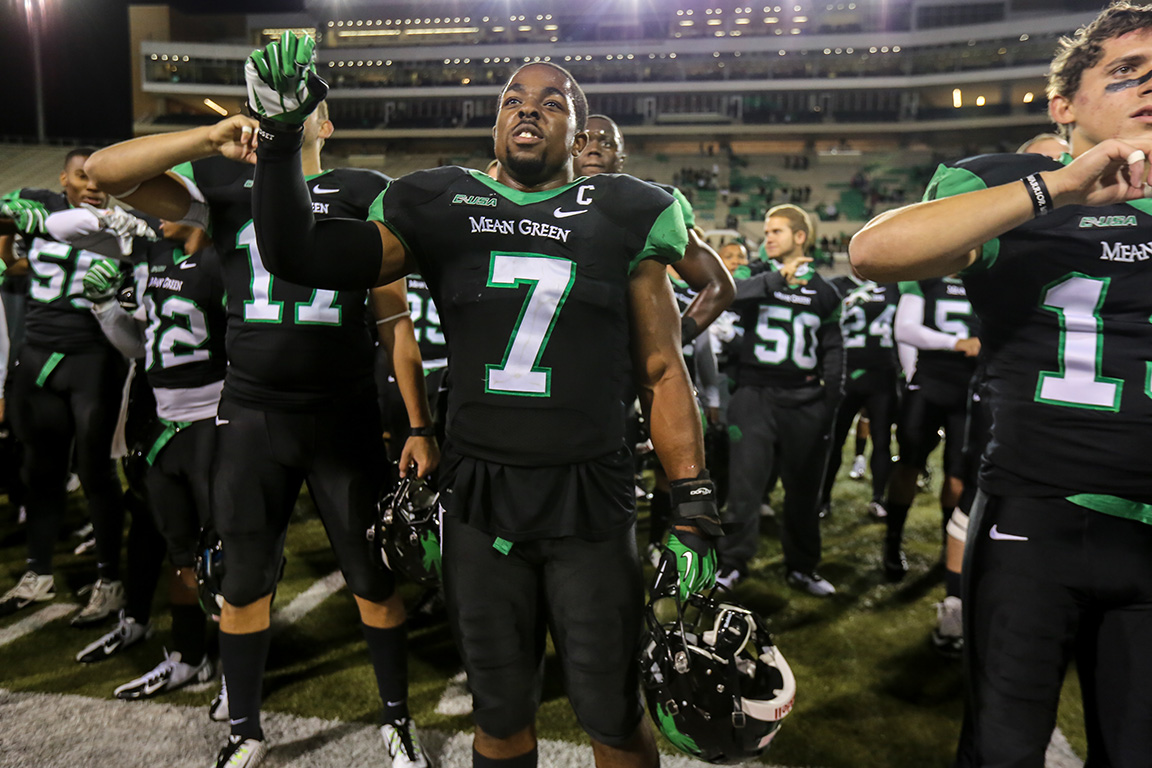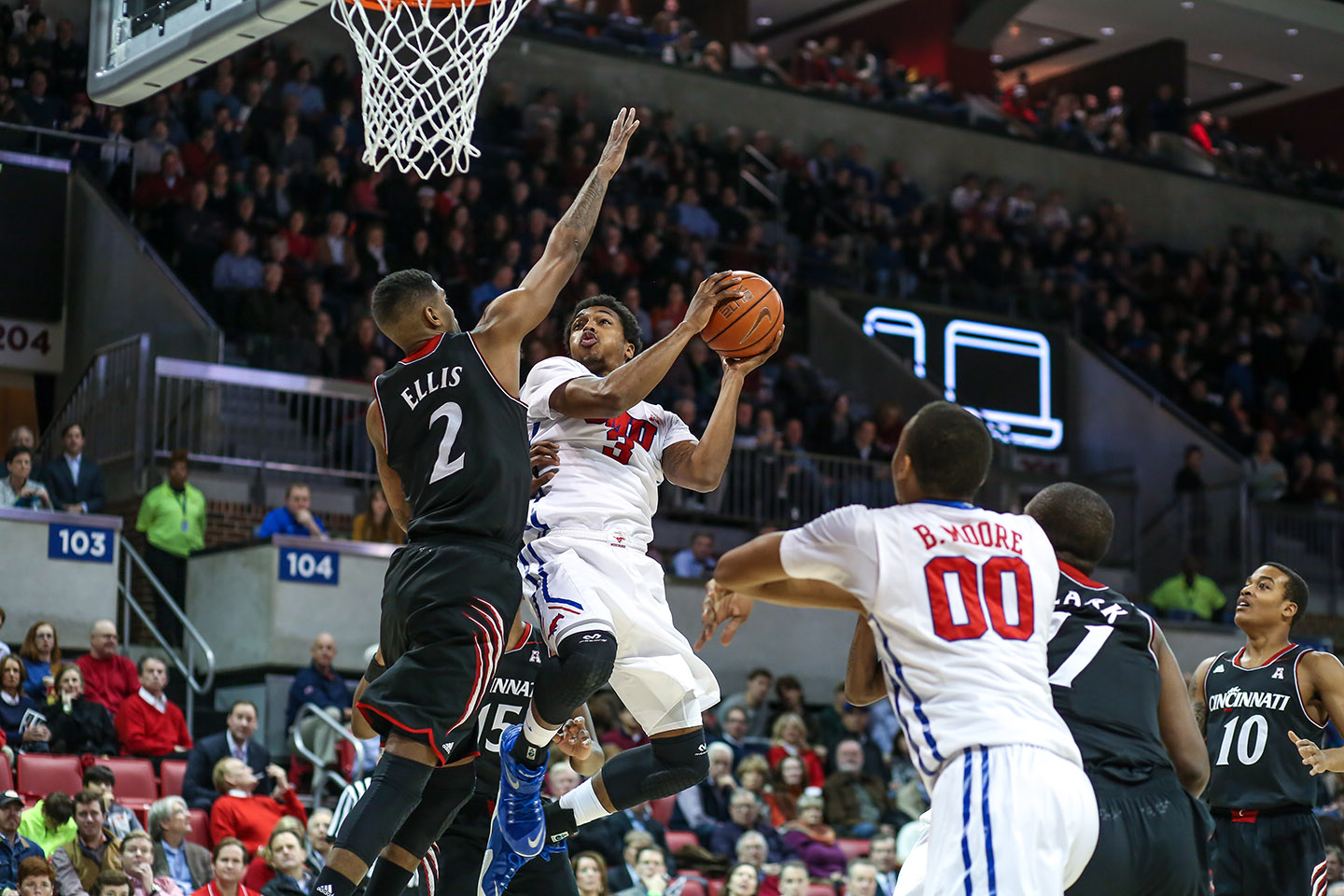
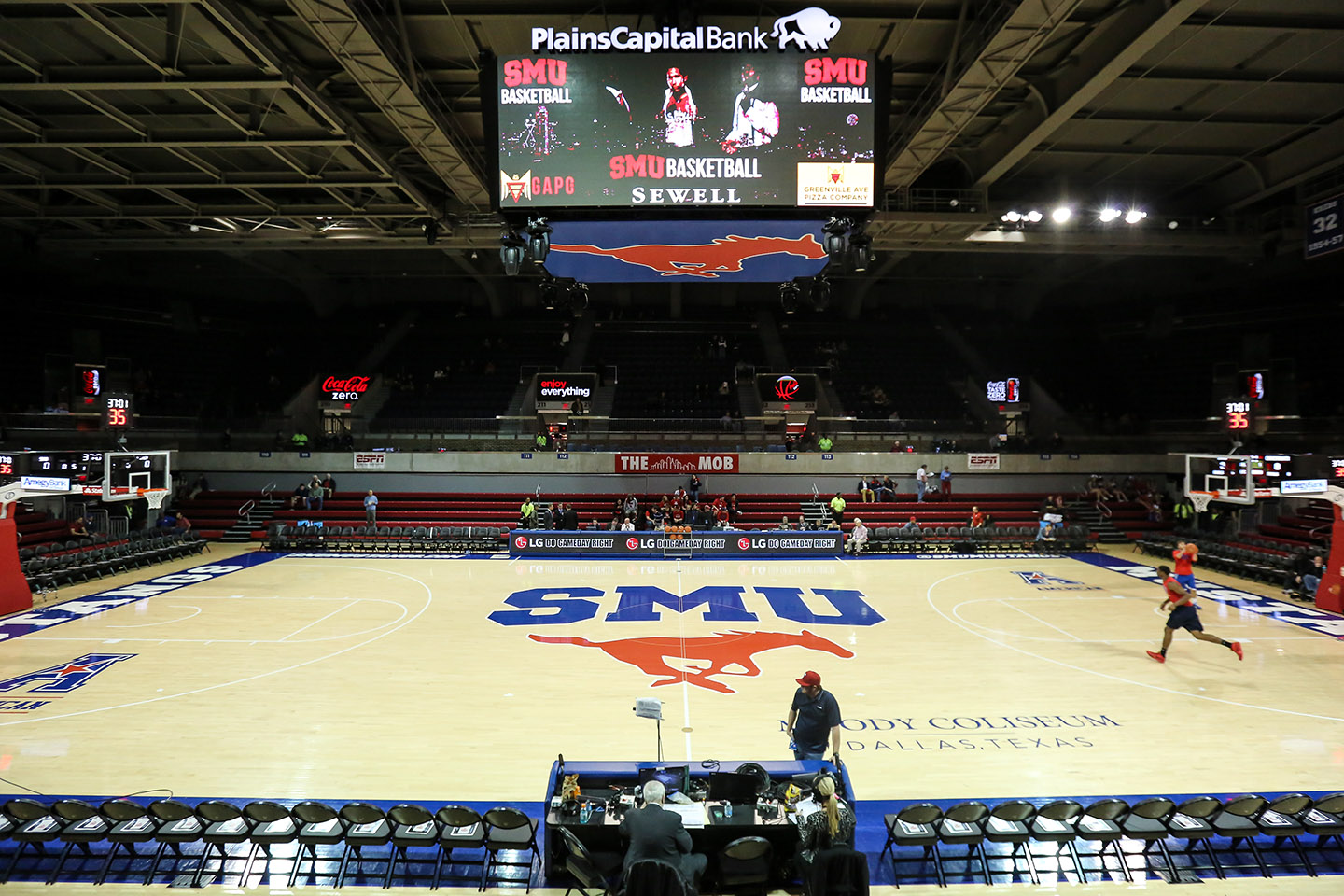
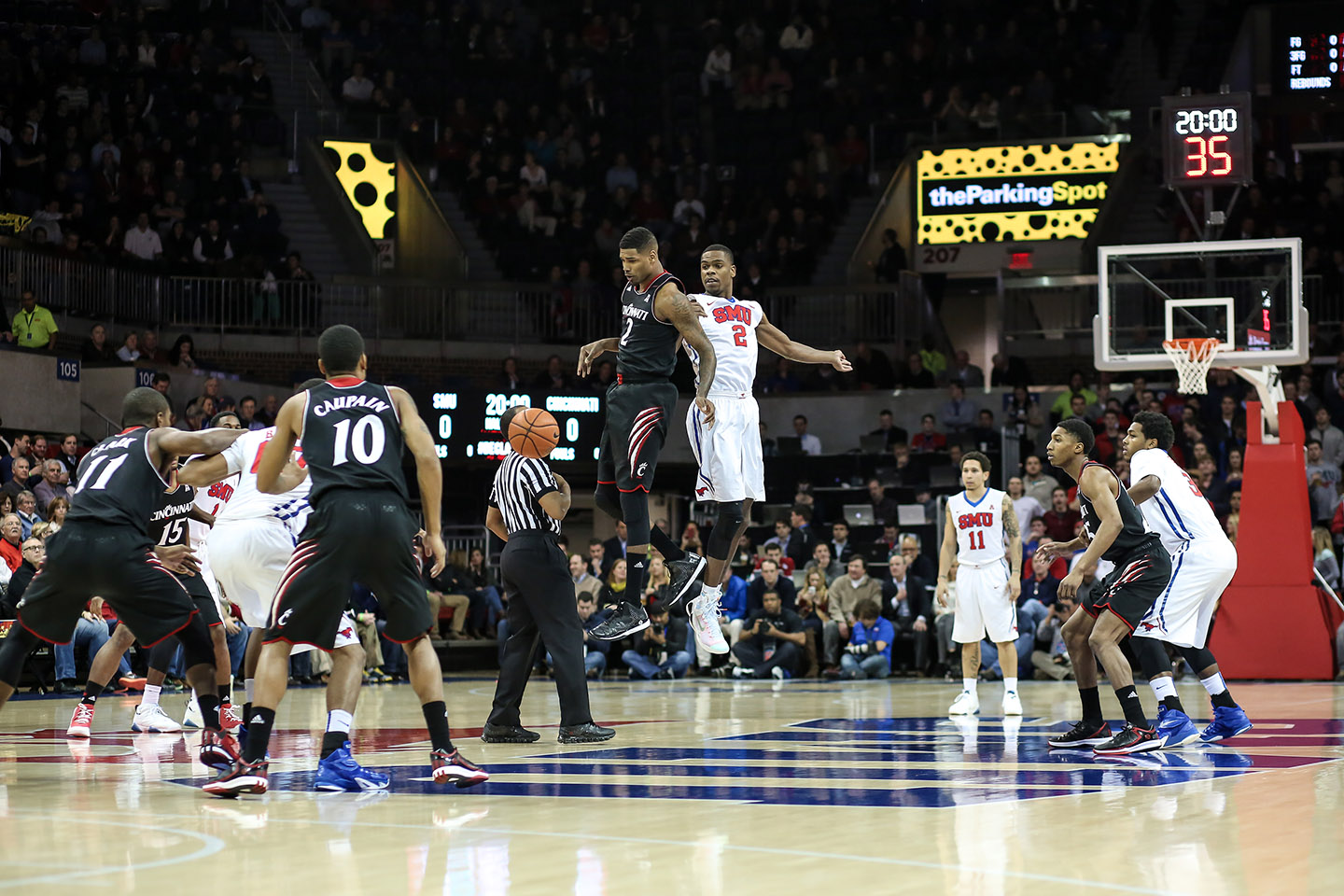
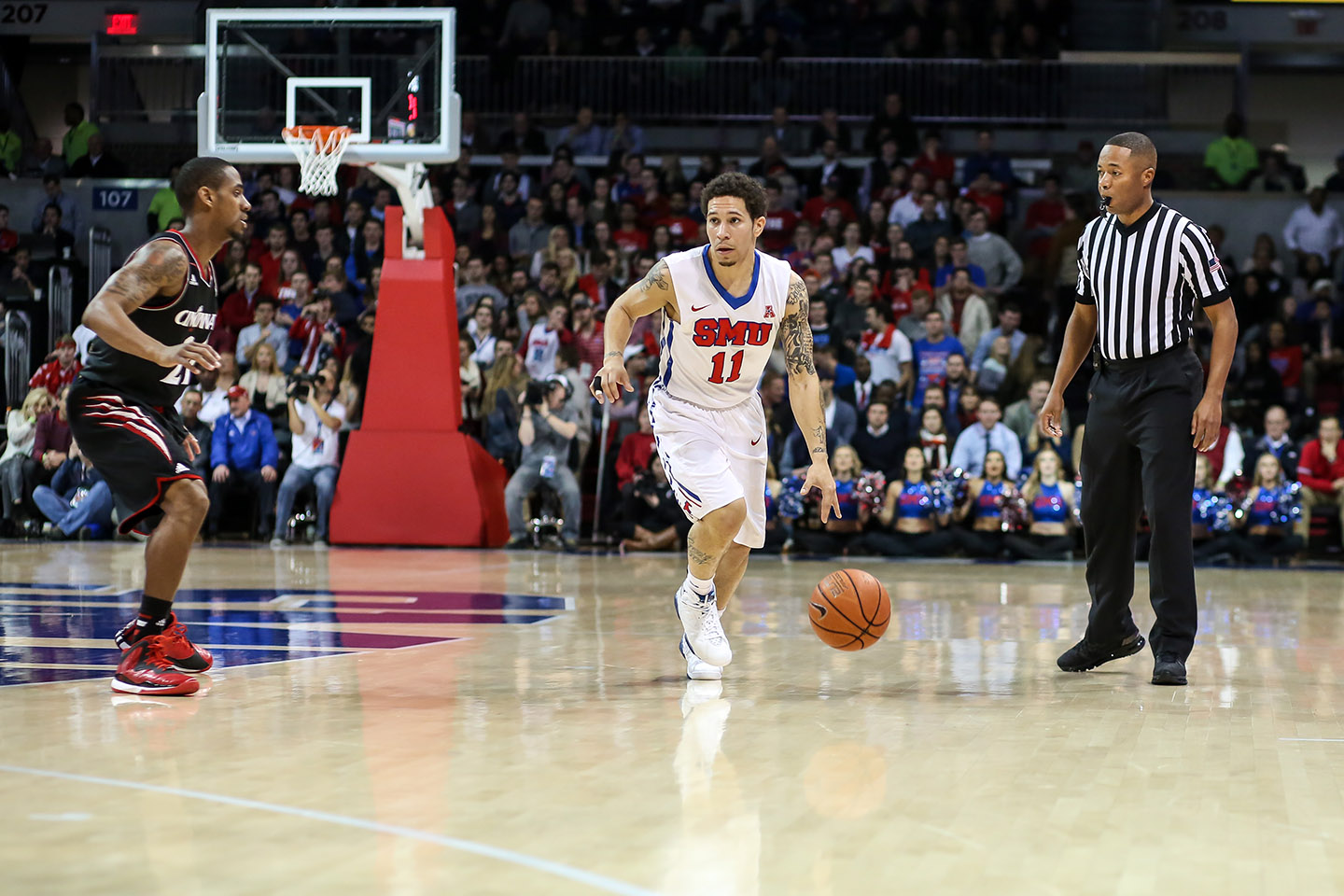

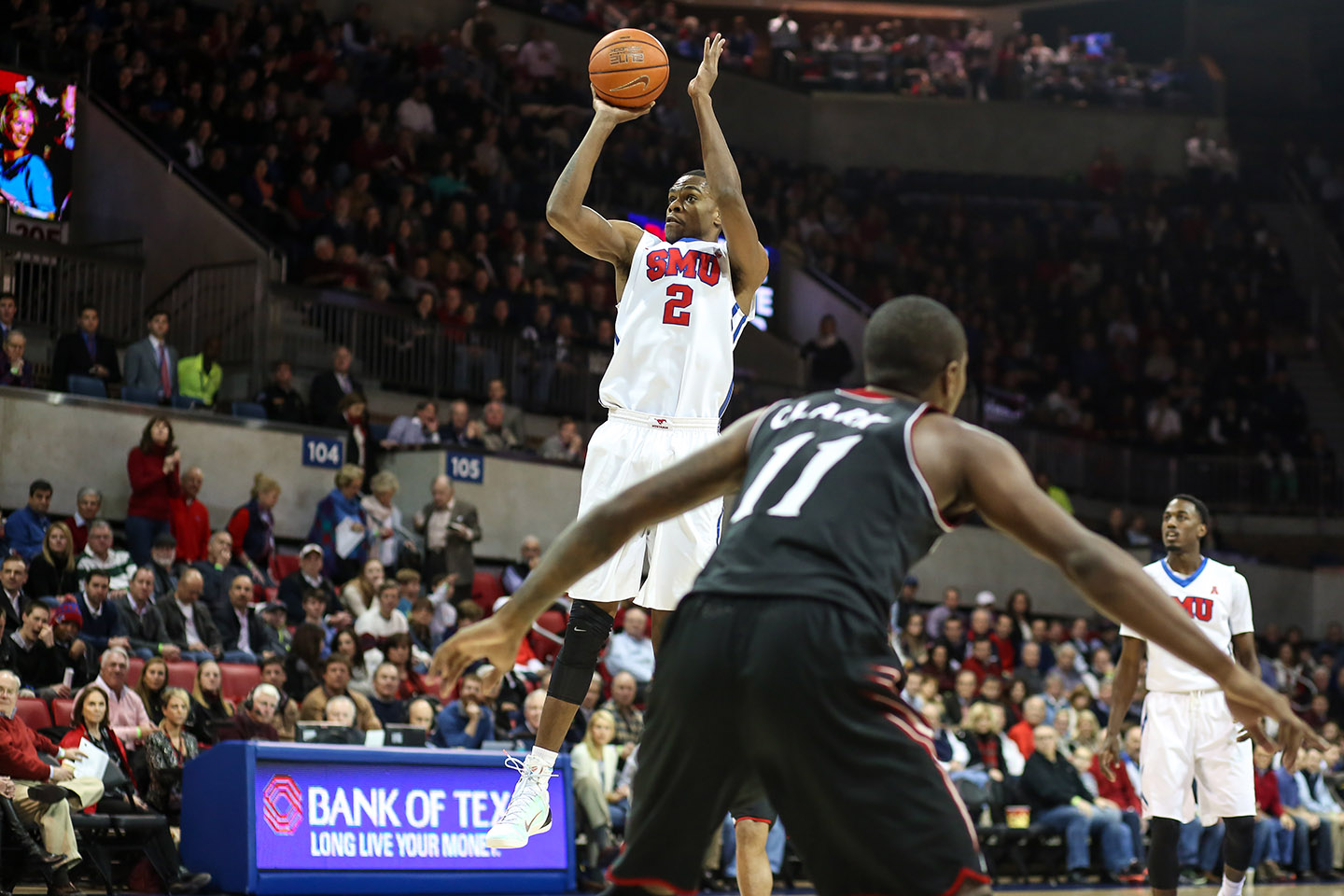
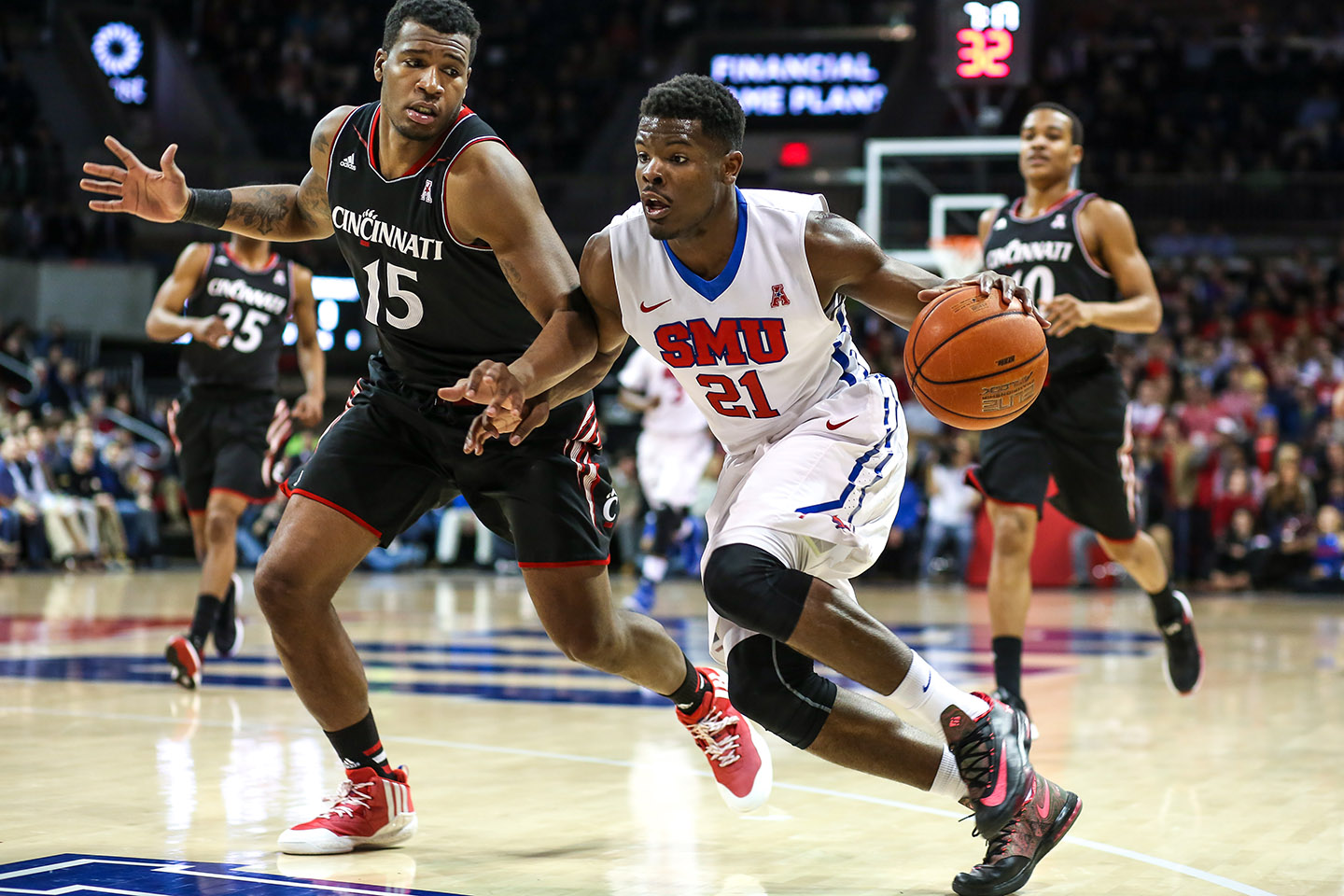
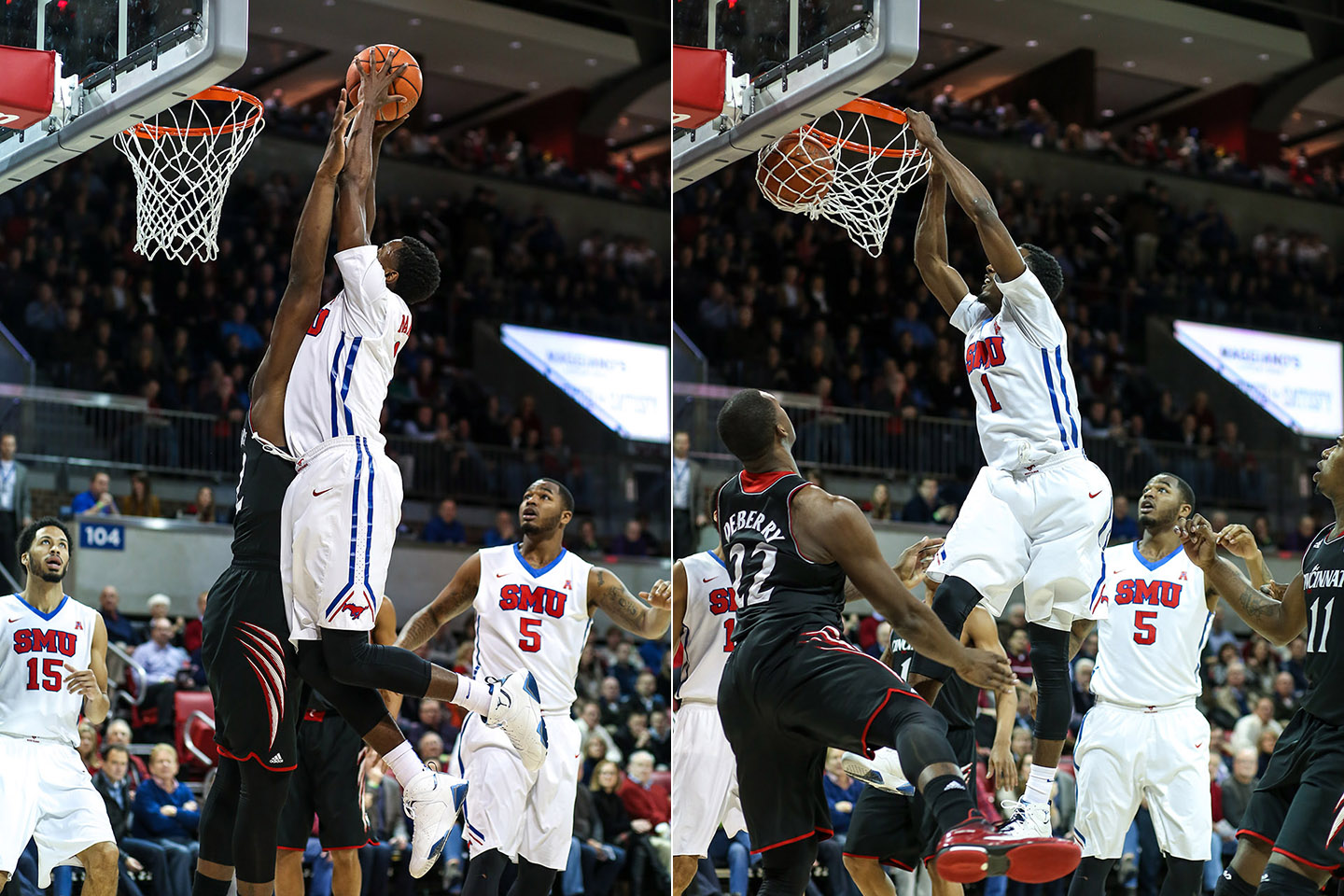


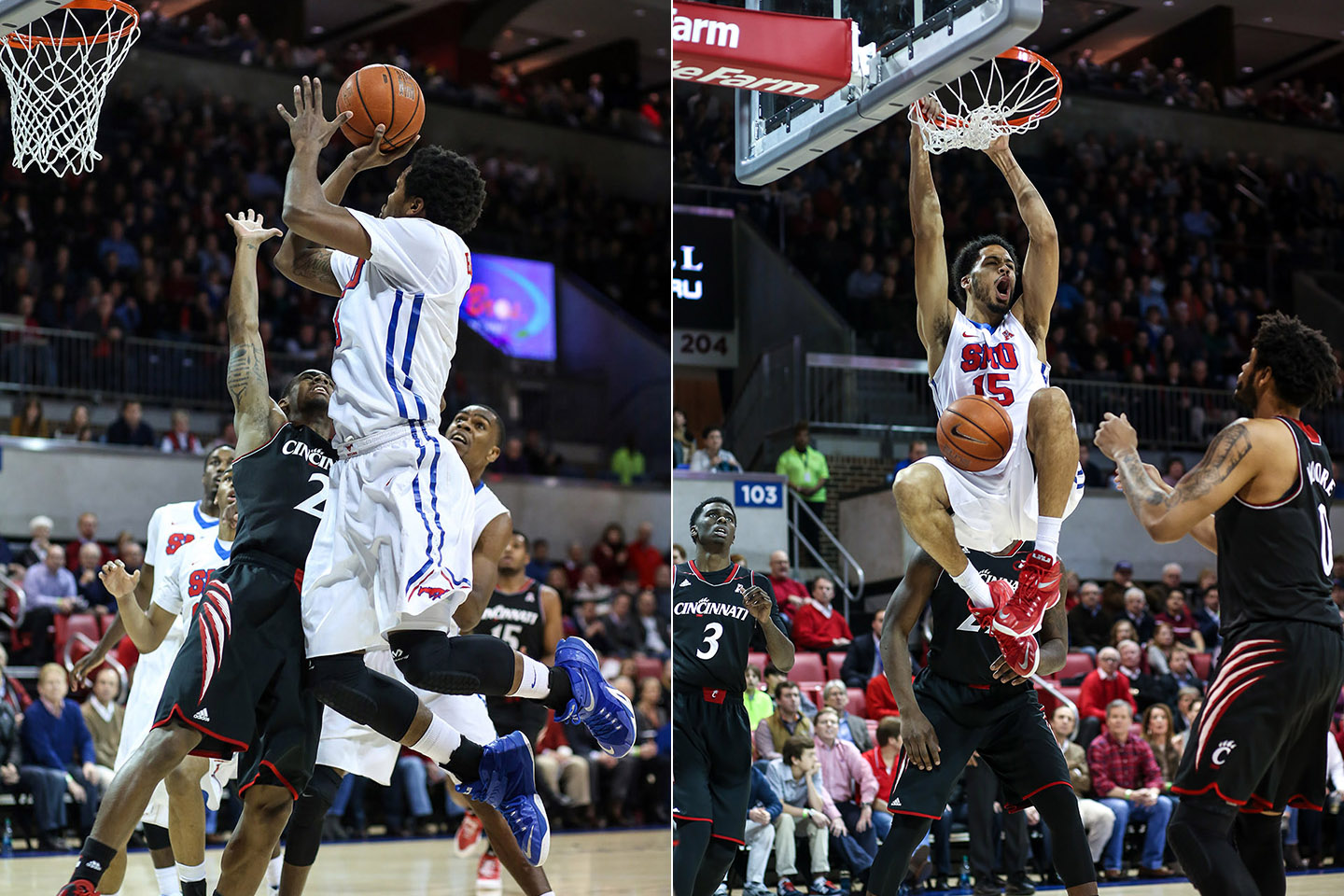


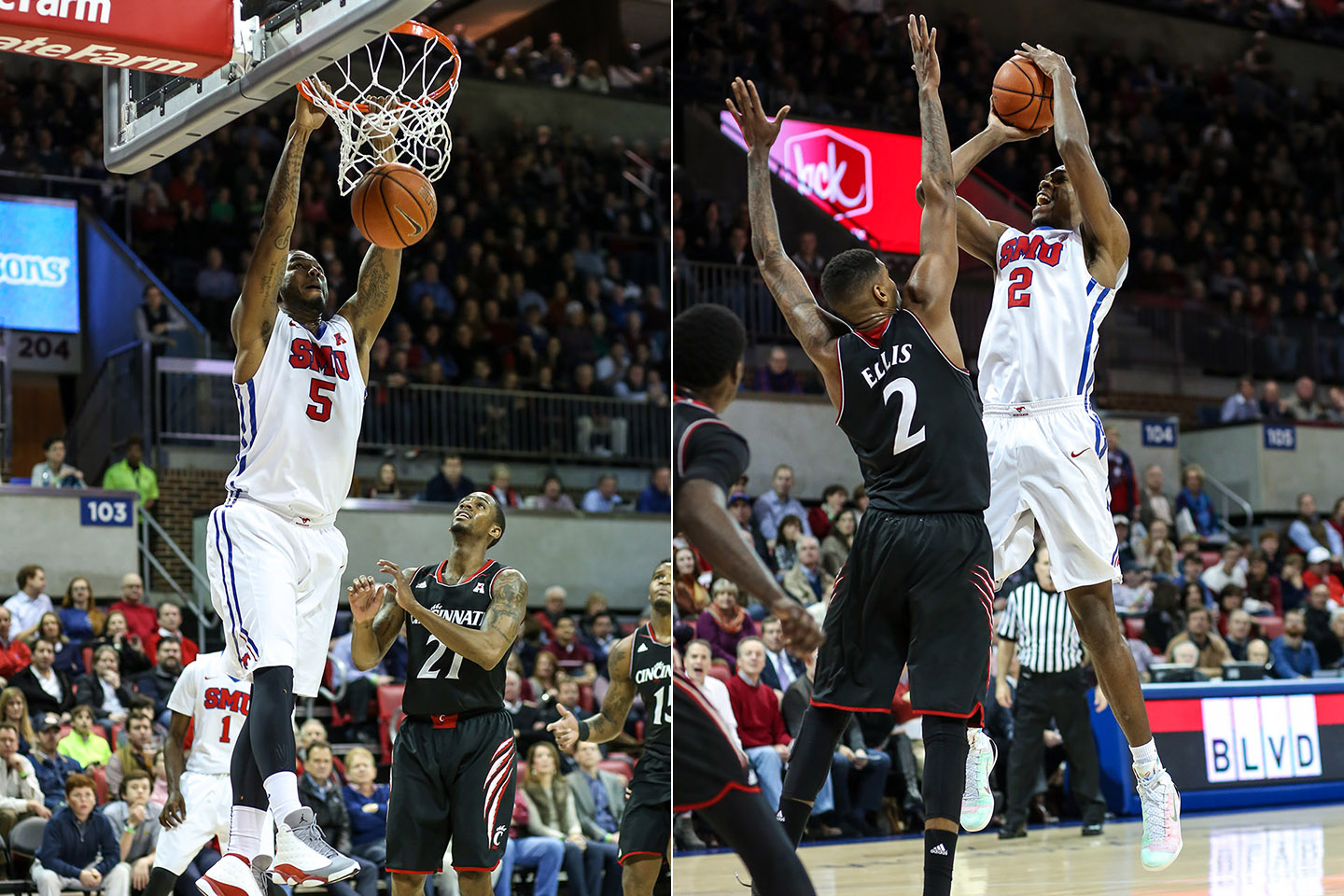
This week I went to Moody Coliseum to watch the SMU Mustangs basketball team take on the Cincinnati Bearcats. At the time the Mustangs were ranked No. 23 in the country in both the Associated Press and USA Today Coaches polls, but couldn't take care of business and lost to the Bearcats 54-62 as well as their ranking. I wrote a story about it here.
I have a lot of opinions on the team but this is a blog about my getting better at photography. Shooting basketball is a whole different beast from shooting football. For one, not all basketball arenas have good lighting. I graduated from the University of North Texas and their basketball arena known as The Super Pit had terrible lighting. If you were trying to use the available light there you'd have to shoot at around ISO 4000 or 5000 just to really freeze the action and get rid of any motion blur. And with high ISOs like that you're not walking away with crips shots--plenty of grain. That, of course, is if you're not using strobes, which you're probably not unless you're shooting for a newspaper or the athletic department. SMU's newly renovated Moody Coliseum has fantastic lighting, though.
Without using a strobe I was shooting around ISO 1600 to 2000 at F2.8 and a shutter speed of 1/1000 or 1/1250 to really freeze the action. I'm limited in the lens department so my 85mm 1.8 was the workhorse. It's sharp enough that I can crop images and they'll maintain their sharpness but I missed out on a lot of photos because the action was too close to me at times and the 85mm was too tight to get a decent shot. In a perfect world I'd have two camera bodies. One with a 70-200mm F/2.8 and the other with a 16-35mm F/2.8 for extra wide angles.
A recent thing I've picked up about shooting basketball is that it's best when shot vertically or in a portrait style. If it's shot horizontally or in a landscape style there's usually so much dead space that it hurts the impact of the photo. So when a player's around the perimeter or in the paint I'll shoot vertically but when a player makes a move to the basket for a dunk or a layup I'll try to capture all the action around the basket in horizontal or landscape mode. On this night that really worked for me and I captured some of my favorite basketball shots to date.
My goal for my next basketball game is to have a 70-200mm F/2.8 with me to capture more action and get more variety of course. A variety of shots is I'm always lacking when I walk away from a shoot.

